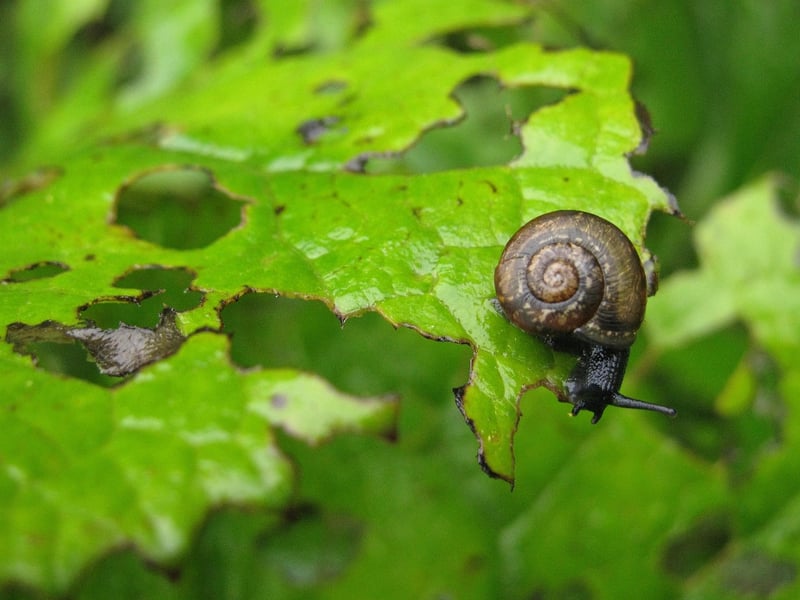Common Garden Pests
Protecting Your Plants from Common Garden Pests
Welcome to our guide on protecting your beloved plants from common garden pests. Nothing is more disheartening than watching your carefully nurtured plants fall victim to hungry critters. But fear not, with a little knowledge and some proactive measures, you can safeguard your garden oasis from these unwelcome intruders.
Identifying Common Garden Pests
Before you can effectively protect your plants, you need to know your enemy. Here are some of the most common garden pests you might encounter:
- Aphids: These tiny insects suck sap from plants, causing leaves to curl and plants to weaken.
- Slugs and Snails: These slimy creatures feast on leaves and stems, leaving behind holes and slime trails.
- Caterpillars: The larvae of butterflies and moths, caterpillars can devour foliage at an alarming rate.
- Spider Mites: These minuscule pests can be hard to spot but can cause significant damage by sucking plant juices.
- Whiteflies: These tiny insects feed on plant sap and can transmit diseases to your plants.
Protecting Your Plants
Now that you can recognize some common garden pests, let's explore ways to protect your plants:
- Natural Predators: Encourage beneficial insects like ladybugs, lacewings, and birds that prey on garden pests.
- Companion Planting: Planting certain flowers and herbs alongside your vegetables can help repel pests.
- Physical Barriers: Use row covers, netting, or copper tape to physically deter pests from reaching your plants.
- Organic Sprays: Utilize insecticidal soaps, neem oil, or garlic sprays to control pests without harming beneficial insects.
- Cultural Practices: Regularly inspect your plants for signs of pests, remove and destroy affected foliage, and practice good garden hygiene.
Conclusion
By familiarizing yourself with common garden pests and implementing preventative measures, you can protect your plants and enjoy a thriving garden all season long. Remember, a healthy garden is a happy garden!
Images source: Pixabay

